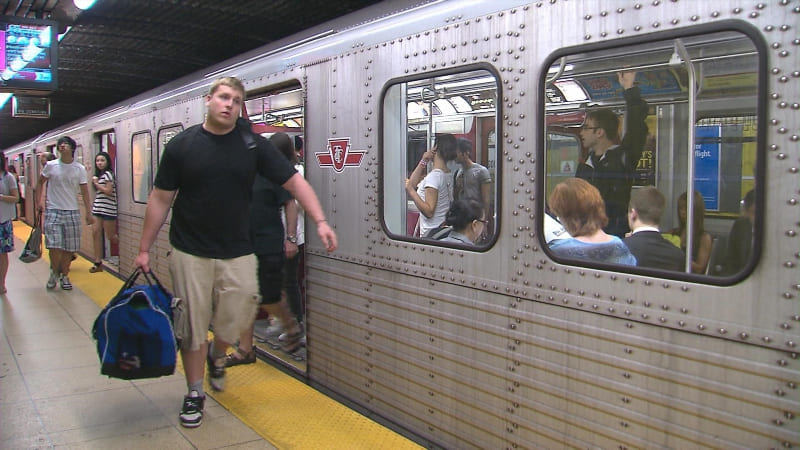Toronto’s subway system, the lifeline for thousands of daily commuters, has unfortunately been a site for a tragic number of suicide incidents over the years. Let’s dig deeper into this pressing issue and assess whether the incidents have been on the decline.
A Brief Look at the Past Numbers

Historically, the subway system has experienced its share of dark days. Though it may be morose to recall, it’s essential to understand past statistics to gauge the progress.
- Pre-2000 Era: The late 90s saw a spike, with incidents reaching an all-time high. According to a report by CBC, the number was alarmingly high during this period.
- 2000-2010: The new millennium brought a slight decrease, but the numbers still remained uncomfortably high.
- 2011-2020: With the advent of new technologies and increased awareness, this decade witnessed a significant decline in incidents.
Factors Leading to the Decline
It ain’t rocket science to conclude that Toronto’s authorities didn’t just sit on their hands. Several measures were implemented to combat this issue. Let’s chew the fat on some of these factors:
Public Awareness Campaigns
The power of knowledge can’t be overstated. The city launched several campaigns to educate the public about the signs of distress and depression. Initiatives like “Talk to Someone” became buzzwords in the community.
Technological Interventions
Modern problems require modern solutions. The subway system started to incorporate:
- Platform screen doors: These barriers prevent unauthorized access to the tracks.
- Crisis helplines: Strategically placed helplines on platforms provide immediate assistance.
- Surveillance: Enhanced CCTV monitoring assists in identifying and aiding potentially at-risk individuals.
Collaboration with Mental Health Organizations
By getting into bed with leading mental health organizations, the Toronto Transit Commission (TTC) has been able to devise effective strategies to tackle the issue head-on.
The Present Situation: Is the Decline Consistent?
A question that’s on everyone’s lips: has the decline remained consistent? In the past few years, the numbers have been a mixed bag. While some years showed promising results, others witnessed minor spikes.
However, with the ongoing efforts by the TTC and other organizations, the overall trend appears optimistic. Though it’s like comparing apples and oranges, when set side by side with other major cities worldwide, Toronto’s numbers seem to be on a more promising trajectory.
The Role of the Community
When push comes to shove, the community plays a pivotal role. Every individual can make a difference. Here’s how:
- Stay Vigilant: If you see someone in distress, don’t turn a blind eye. Approach them, or alert a subway official.
- Promote Awareness: Organize or participate in awareness drives in your community. After all, many hands make light work.
- Educate: The more you know, the better equipped you are. Participate in workshops or online courses on mental health.
So, What’s the Future Looking Like?
If there’s a will, there’s a way. With consistent efforts from all stakeholders, there’s a light at the end of the tunnel. Here’s a snapshot of the possible future:
- Enhanced Security Measures: The TTC is mulling over the idea of increasing security personnel on platforms.
- Digital Innovations: Integrating AI technology can assist in early detection of individuals displaying signs of distress.
- Community Engagement: The TTC aims to involve the community more robustly, organizing quarterly feedback sessions to understand public sentiment and gather suggestions.
With collective efforts, it’s hoped that Toronto’s subway system will not only be a beacon of efficient transport but also a safe space for all its commuters.
Sources:








